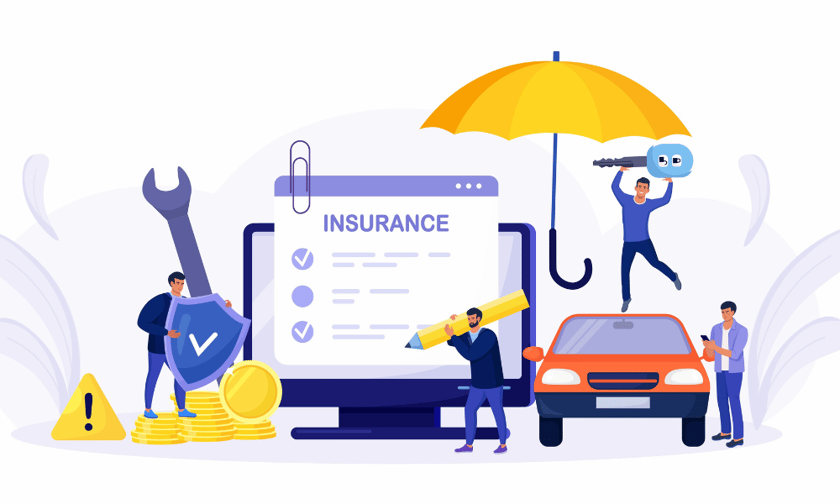

Personal auto insurance remains more affordable than it was in the mid-2000s, despite recent premium increases driven by inflationary pressures, according to a study from the Insurance Research Council (IRC), an affiliate of The Institutes.
The study, Auto Insurance Affordability: Countrywide Trends and State Comparisons, found that from 2000 to 2022, the cost of auto insurance as a percentage of median household income declined overall, indicating improved affordability over the long term. However, more recent data suggest that affordability has worsened from 2021 through 2024.
In 2022, the most recent year for which data is available, US households spent an average of $1,127 per vehicle on auto insurance, representing 1.51% of the median household income of $74,580. This marked a slight increase from the previous year. State-by-state variations were significant, with North Dakota having the lowest expenditure share at 0.93%, while Louisiana had the highest at 2.67%.
Dale Porfilio, president of the IRC and chief insurance officer at the Insurance Information Institute (Triple-I), noted that affordability is projected to decline further in 2023 and 2024. The share of household income spent on auto insurance is expected to increase to approximately 1.6% in 2023 and 1.7% in 2024. While this represents a notable rise from the low of 1.4% in 2021, it remains below the peak of 1.9% recorded in 2003.
Florida, identified as the second least affordable state for auto insurance in 2022, has taken steps to improve affordability through legislative reforms. According to Triple-I research, key reforms passed in 2022 and 2023 have led to a reduction in claim-related lawsuits and an increase in the number of insurers operating in the state, which could contribute to rate stabilization.
The study highlights several key factors influencing auto insurance affordability:
Porfilio emphasized that while state-level data does not specifically address affordability challenges faced by traditionally underserved populations, addressing these cost drivers can help make coverage more accessible for all consumers.
The IRC, a nonprofit research organization, provides independent insights on public policy issues affecting the insurance industry and consumers. It does not engage in lobbying or legislative advocacy.
What are your thoughts on the recent trends in the auto insurance field? Share your insights below.
